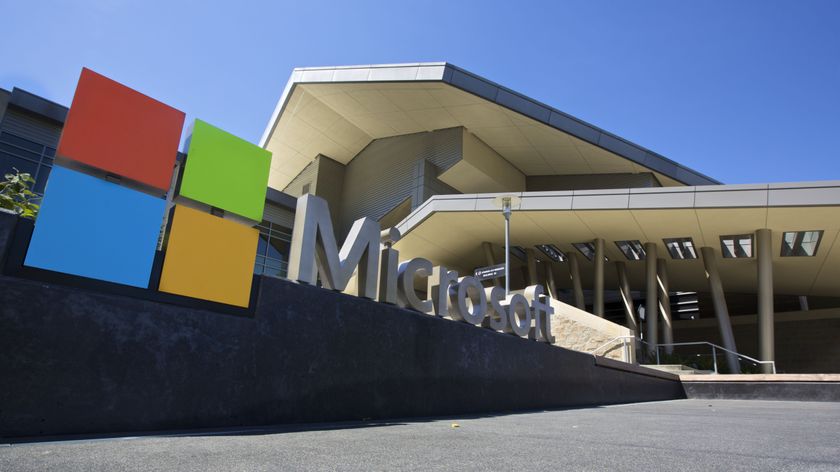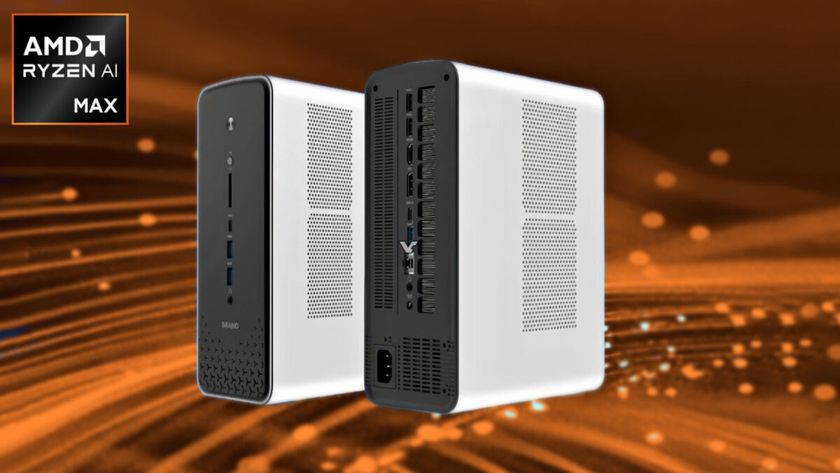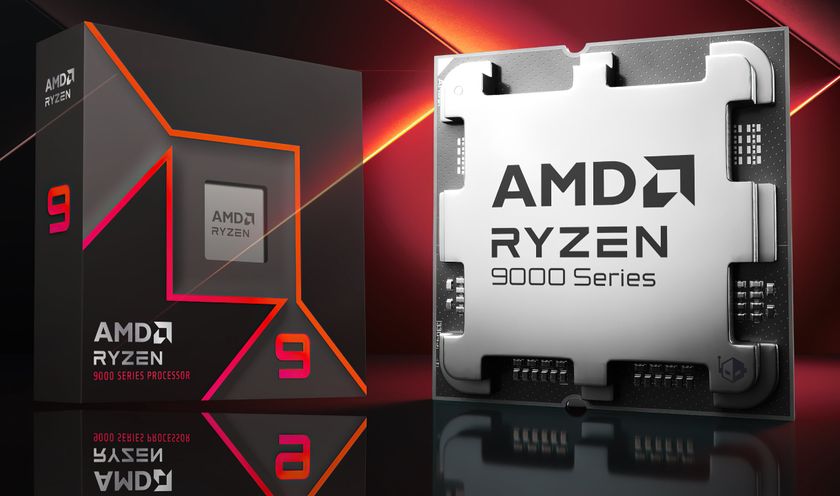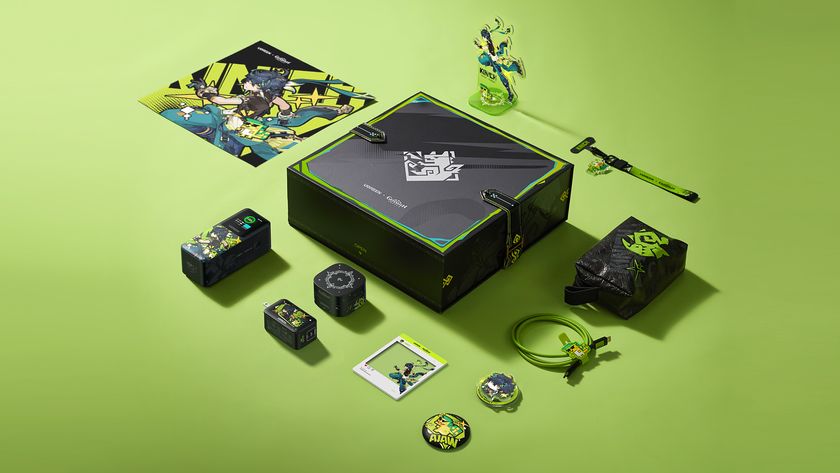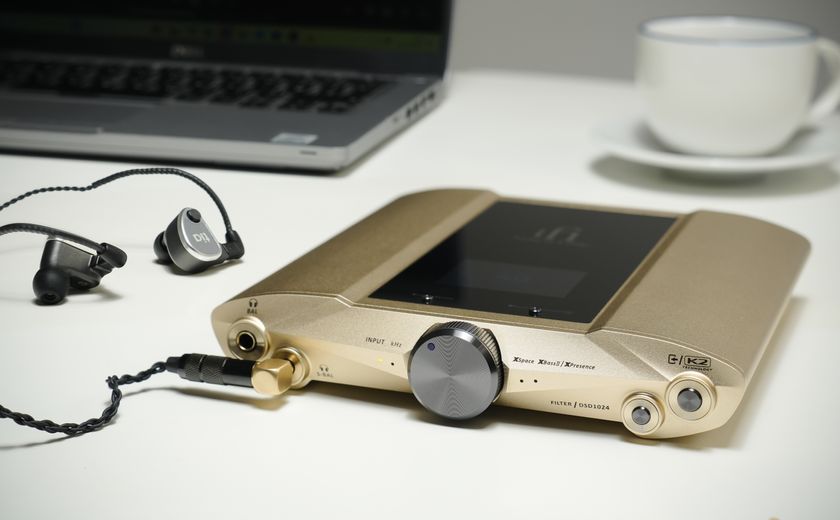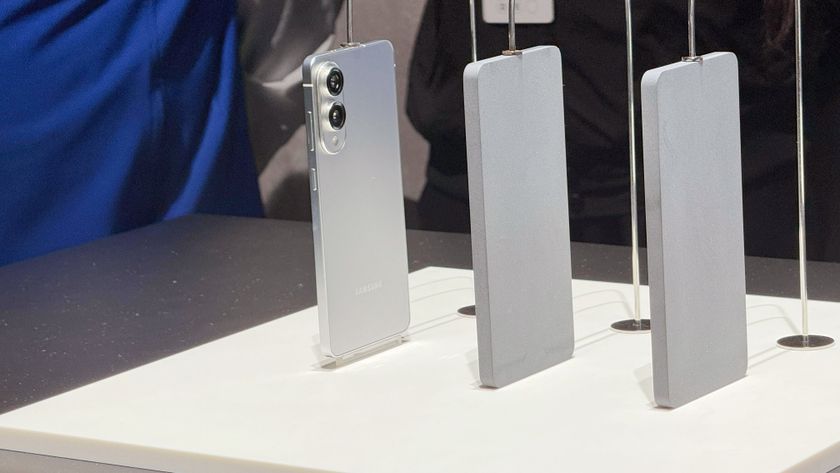Seagate wants to launch a 20TB hard drive by 2019
Powered by HAMR technology
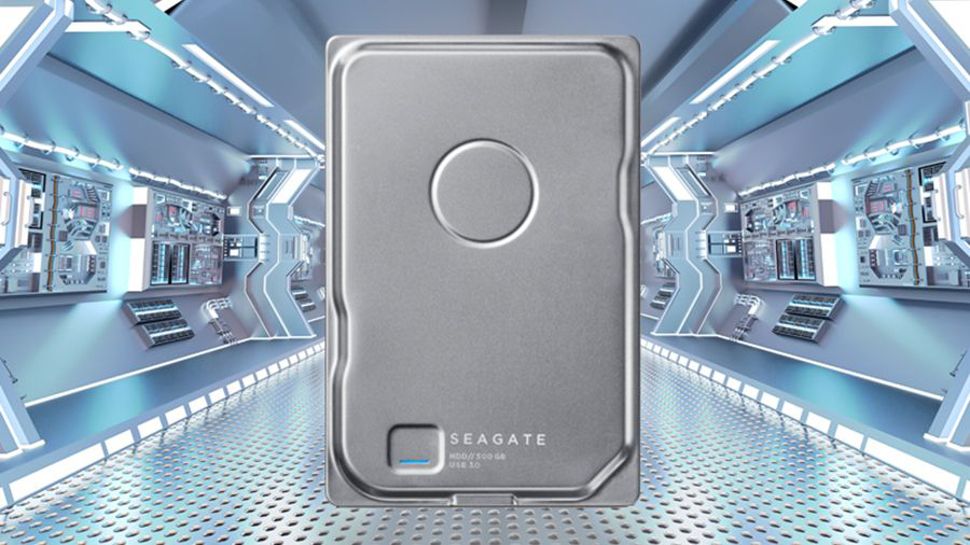
In the jostling battle for the biggest hard drive between Seagate and Western Digital – the latter of which holds the title at the moment with its 14TB helium-filled offering – Seagate is claiming to have struck a fresh blow with the development of drive tech which will allow HDDs in excess of 20TB to come to market in 2019.
As Tom’s Hardware reports, Seagate’s new technology is HAMR or Heat Assisted Magnetic Recording, which utilizes tiny lasers to boost storage density.
Western Digital is taking a different route: MAMR or Microwave Assisted Magnetic Recording, using microwave fields to achieve the same end. WD has previously said that by employing this technology it will offer up to 40TB hard disks come 2025.
Put the HAMR down…
Seagate’s claim with HAMR is to have a 20TB drive on the market in 2019 as mentioned, whereas the company reckons it will have 40TB+ HDDs ready to roll in 2023, so it’s effectively claiming it will beat WD to the punch by a couple of years in this respect.
At this point, though, this is obviously ‘guesstimation’ (and indeed more than a certain degree of posturing between hard disk rivals, both of whom are convinced that their method is the best way to increase drive storage density, naturally). Only time will tell who actually wins the race…
In the near future, Seagate is readying a 16TB hard drive for launch next year, intending to steal the title back off Western Digital’s current 14TB storage capacity champion.
Meanwhile, SSDs are truly pushing capacity boundaries – last year, Seagate showed off a whopping 60TB model which uses 3D TLC NAND.
Are you a pro? Subscribe to our newsletter
Sign up to the TechRadar Pro newsletter to get all the top news, opinion, features and guidance your business needs to succeed!
- These are the best cheap hard drive deals
Darren is a freelancer writing news and features for TechRadar (and occasionally T3) across a broad range of computing topics including CPUs, GPUs, various other hardware, VPNs, antivirus and more. He has written about tech for the best part of three decades, and writes books in his spare time (his debut novel - 'I Know What You Did Last Supper' - was published by Hachette UK in 2013).

